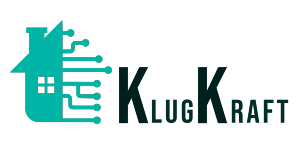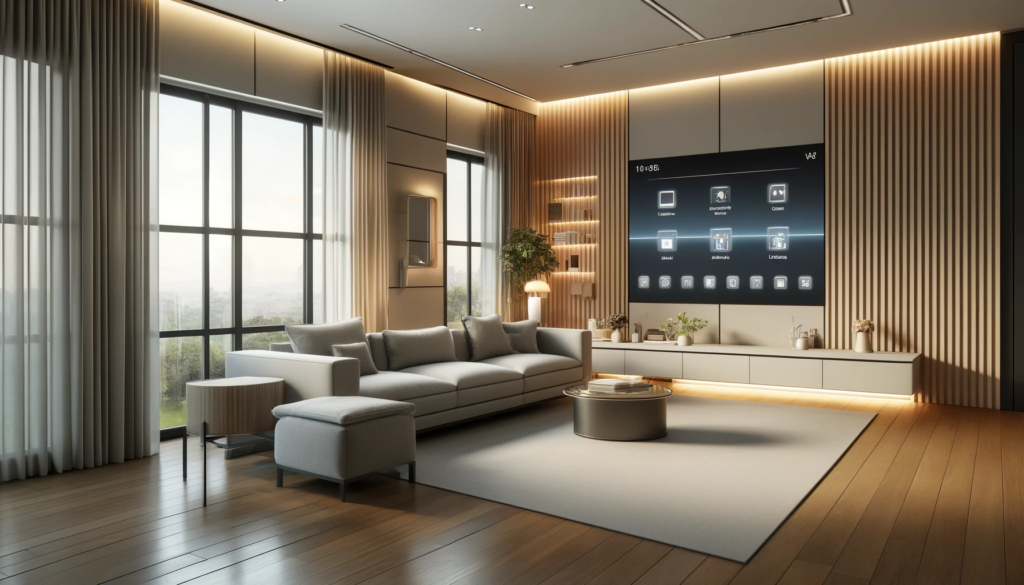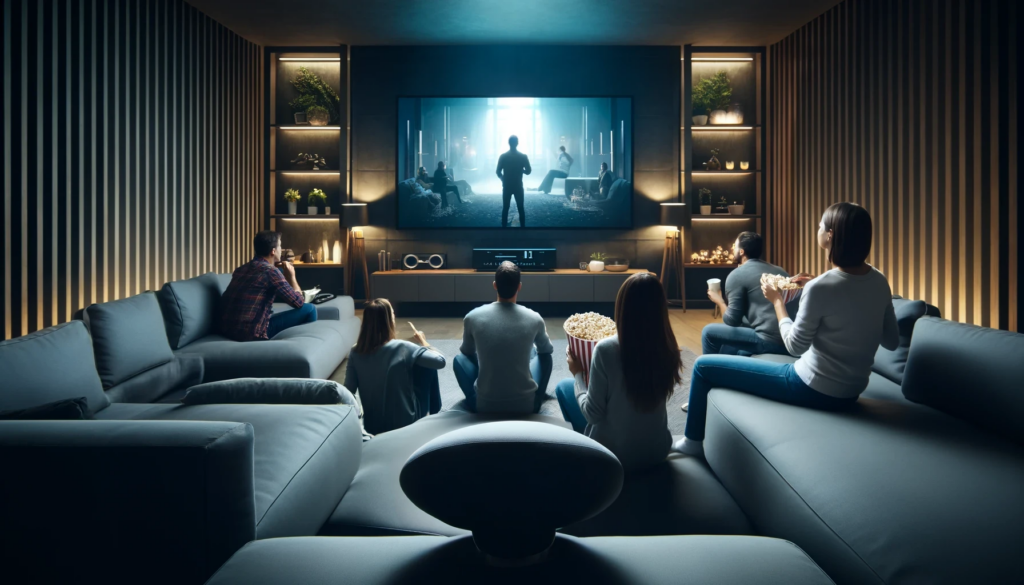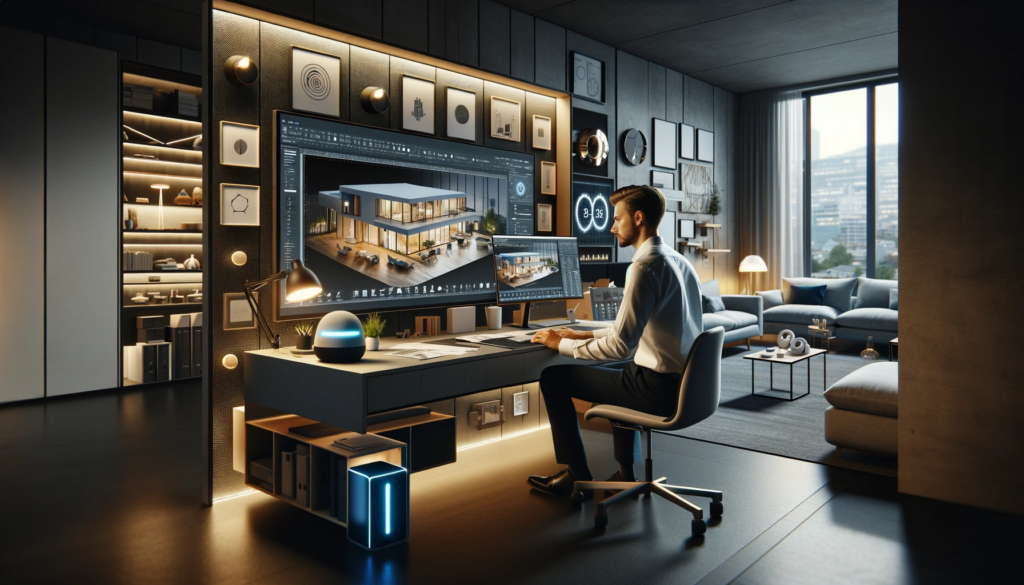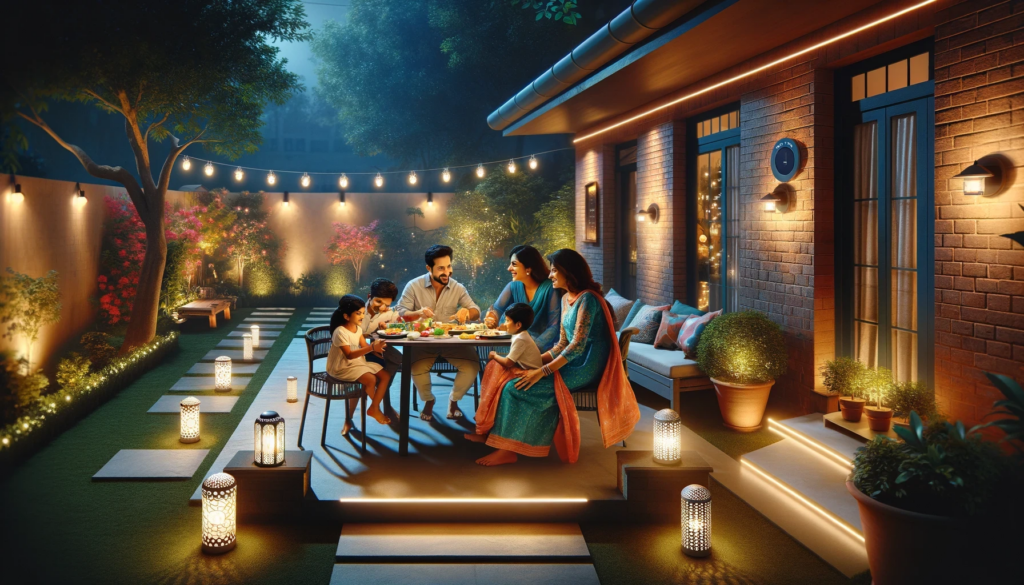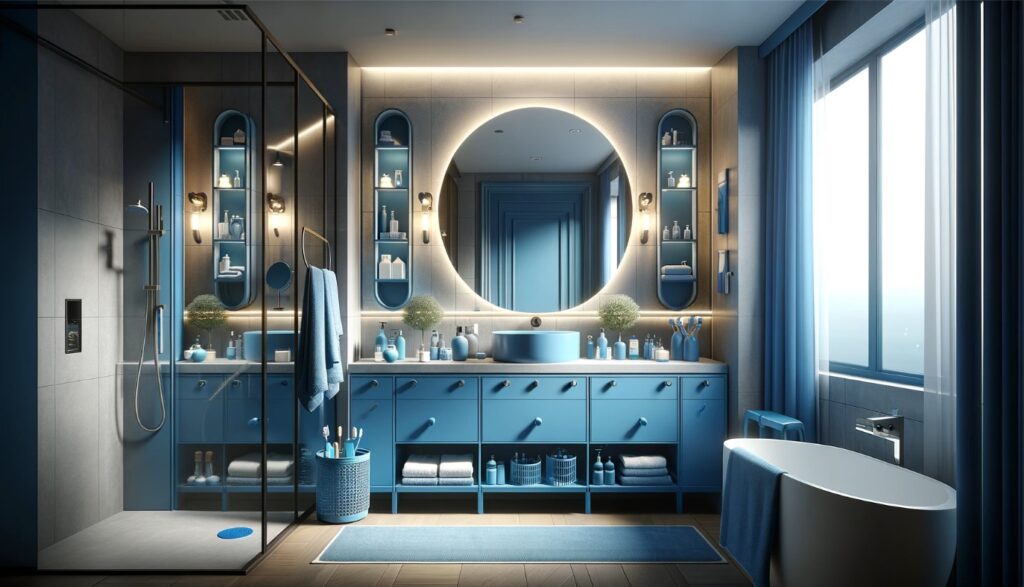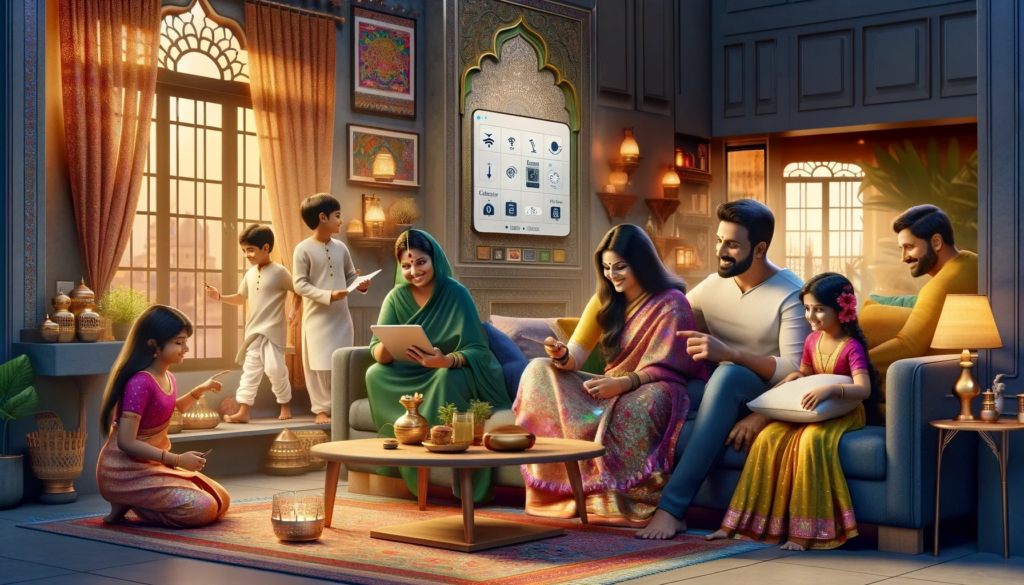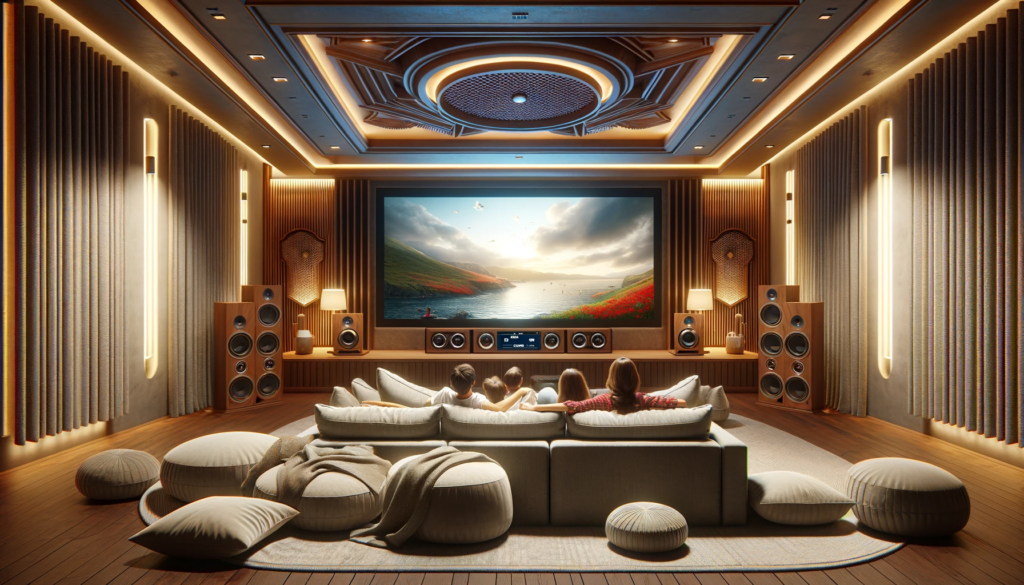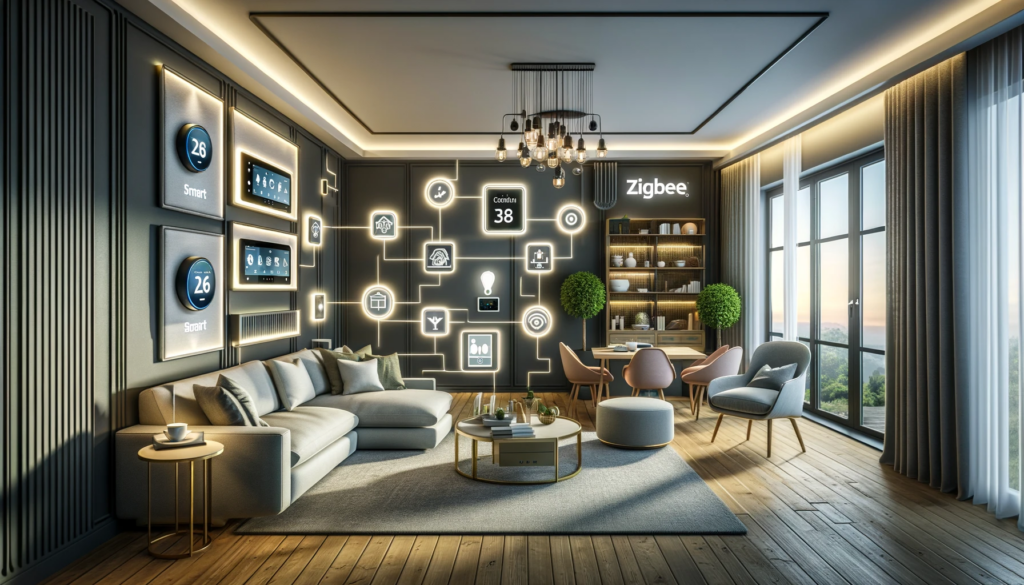Implementing a home automation system involves many decisions, with one of the primary considerations being whether to opt for a wired or wireless automation solution. Both wired and wireless home automation systems offer distinct advantages and challenges. As an interior designer, understanding the pros and cons of each can help in making informed choices that align with design goals, budget constraints, and client preferences.
Overview
Wired Home Automation Systems
- Definition: These systems connect smart devices and controllers through physical wires (commonly Ethernet or coaxial cables).
- Installation: Best incorporated during the construction phase or major renovations due to the complexities of running cables through walls.
- Reliability: Tend to be very reliable, with minimal interference from other devices.
Wireless Home Automation Systems
- Definition: These systems use wireless technologies such as Wi-Fi, Zigbee, Z-Wave, or Bluetooth to connect devices.
- Installation: Easier to install at any stage of a home’s life cycle, including post-construction.
- Flexibility: More adaptable to changes and additions over time.
Pros and Cons
Wired Systems
- Pros:
- Reliability and Security: Offers stable connections and is generally more secure against hacking compared to wireless.
- Speed: Capable of handling high data rates, which is beneficial for systems requiring real-time data transmission.
- Cons:
- Cost and Installation Complexity: More expensive and disruptive to install, especially in existing homes.
- Inflexibility: Little difficult to modify once installed. Need to plan & stick at the initial stage.
Wireless Systems
- Pros:
- Ease of Installation: Can be installed with minimal disruption to existing structures.
- Scalability: Easily expandable; new devices can be added without the need to run new wires.
- Cons:
- Interference: May experience interference from other wireless devices which can affect performance.
- Security: Potentially more vulnerable to security risks, though advancements in encryption have mitigated this issue significantly.
Considerations for Interior Designers
Aesthetic Impact
- Wired: Typically requires careful planning to hide wiring within walls, floors, or ceilings to maintain the aesthetic integrity of interior spaces.
- Wireless: Less invasive to the visual and structural integrity of a space, offering more flexibility in design alterations or updates.
Client Needs and Preferences
- Discuss with clients their tolerance for disruption during installation, their security concerns, and how tech-savvy they are to ensure the system fits their lifestyle.
Future Proofing
- Consider the ease of updates and scalability. Wireless systems may be preferable for clients who plan frequent updates or changes.
Budget Constraints
- Wired systems may have higher upfront costs due to installation but could offer savings in reliability and maintenance over time.
- Wireless systems can reduce initial costs and offer a more straightforward upgrade path as new technologies emerge.
KlugKraft is the premier online destination for system integrators and interior designers to showcase their home & office automation products. This platform is meticulously crafted to highlight the synergy between innovative technology and elegant design. Providing a comprehensive portfolio space for professionals. KlugKraft allows experts to display their latest smart home technologies, from intuitive lighting solutions to sophisticated security systems, all designed to enhance modern living. By offering a dynamic and interactive showcase, KlugKraft not only connects these professionals with potential clients but also sets a new standard in the integration of technology and design in home automation, ensuring every space is as functional as it is visually stunning. KlugKraft (a unit of Smart Group)
